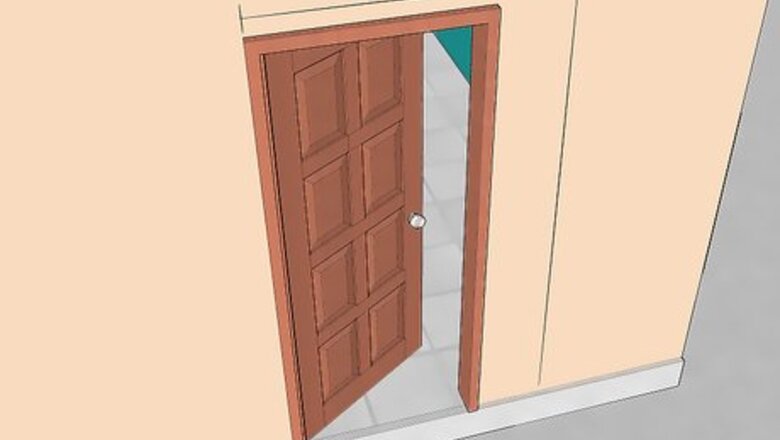
views
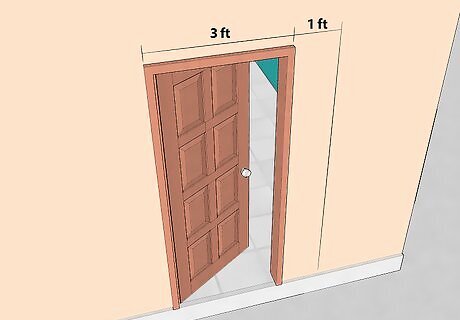
Measure and draw an outline for the widened doorway on the wall. If you are widening the doorway for wheelchair access, the width of the doorway should be a minimum of 40 inches (101.6 cm), but 4 feet (1.2 m) is better, if possible.

Pry off the casing as well as any baseboard and chair rail that falls within the area you will be cutting to widen the doorway. Insert a chisel or pry bar beneath the outer edges of the jamb or trim. Place a shim between the tool and wall to prevent marring of the drywall. Push down on the tool’s handle to pry the casing or trim away from the wall.
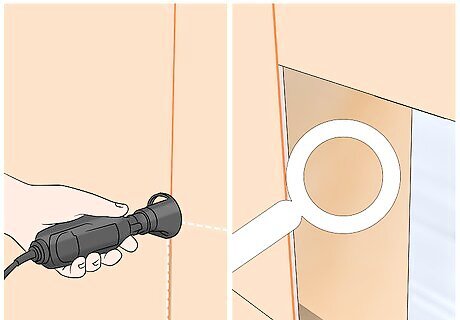
Inspect behind the wall before cutting. Pick a small block of wood as a template. Place it against the wall near where you will be cutting to widen the doorway and trace around it with a pencil. Cut along the traced lines with a rotary cutting tool. Wear eye protection while using any cutting tool. Take out the drywall piece and insert a small mirror. Look for electrical wires, pipes or other things that you might need to avoid while cutting.
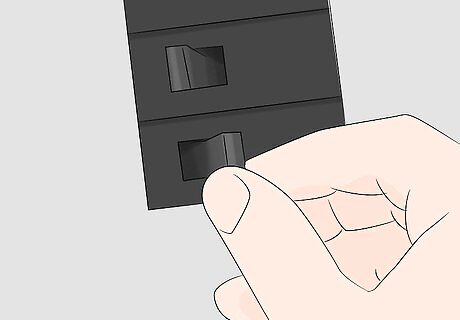
Turn off the power for the area in which you will be working.
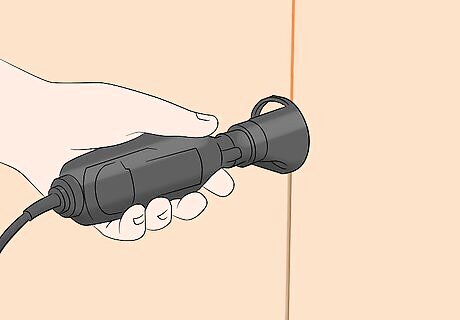
Cut along the lines you drew for the widened doorway with a rotary cutting tool.
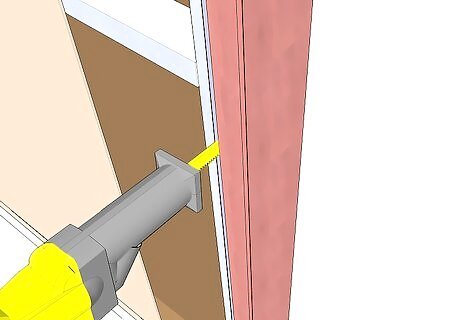
Pull the framing from the existing doorway. Cut through the nails that secure the doorjamb to the rest of the framing with a reciprocating saw. Cut through the nails at the foot of the studs. Pull the studs from the existing doorway. Use a Japanese saw to cut the baseboard from the floor. Be careful not to mar the floor. Pry the baseboard from the floor using the same technique as you did on the door casing and trim.
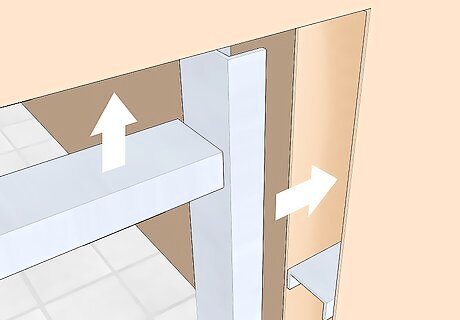
Frame the new doorway. Cut 2-by-4-inch boards for the new doorway. Remember to make the top stud short enough to fit between the longer vertical studs. Secure the new stud in place by driving in wood screws at an angle, or nailing them. Install the new header. Insert shorter studs, or cripple studs, between the header and the top of the framing. Secure them in place with screws.

Secure drywall to the studs with drywall screws.
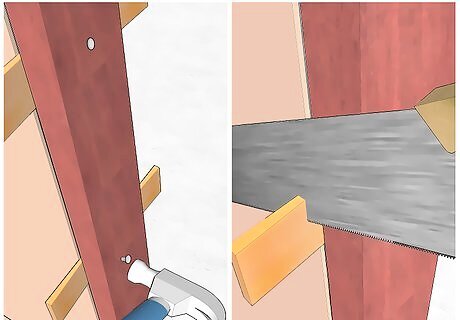
Install a new doorjamb. Place new doorjamb on the top of the doorway. Stand the new side pieces in place. Slip in shims behind it and nail the side jambs in place. Cut off the ends of the shims that extend beyond the doorway with a saw.
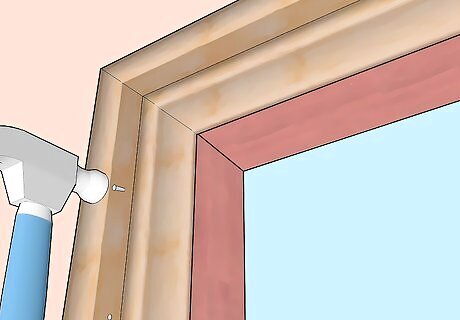
Nail the new casing around the doorway with finish nails. Cut the ends of the casing at a 45-degree angle with a miter saw in the upper corners.
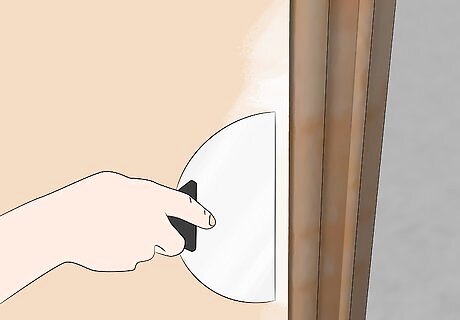
Finish the drywall. Apply joint compound to the joints with a putty knife. Cut and press paper joint tape into the joint compound. Apply a second coat of joint compound on top of it. Sand the joint compound after it dries.
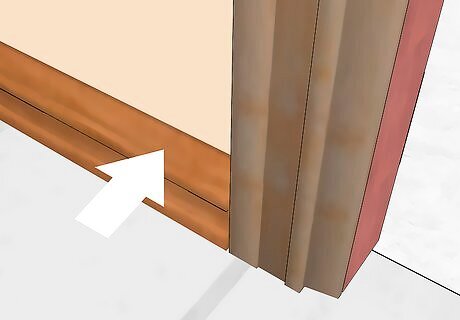
Replace the baseboard or trim you removed.

Fill any holes in the wood with wood putty.
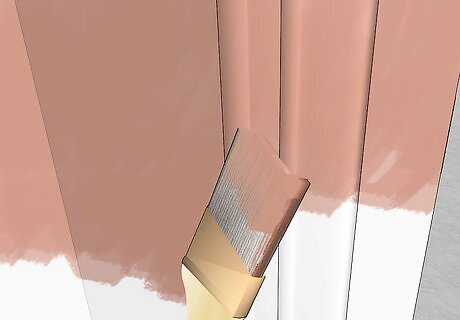
Prime and paint the trim and walls in the color you choose.




















Comments
0 comment